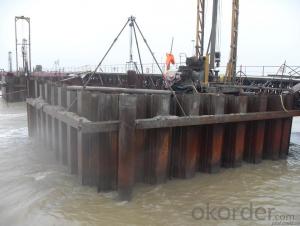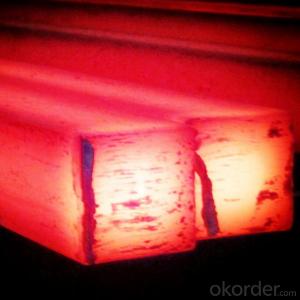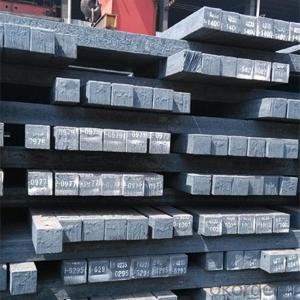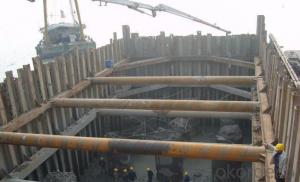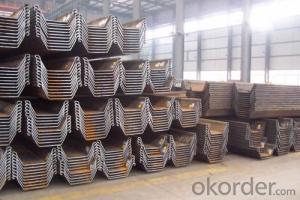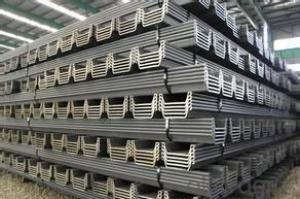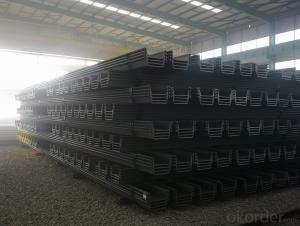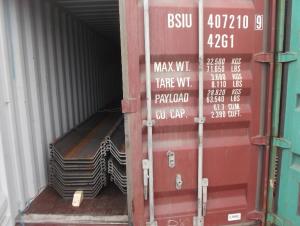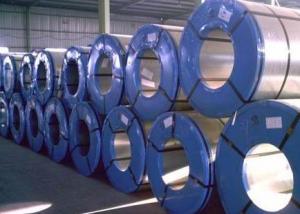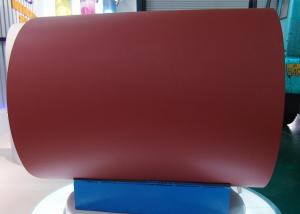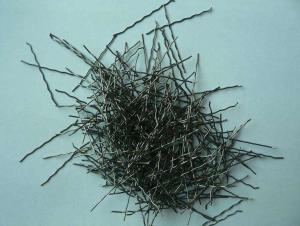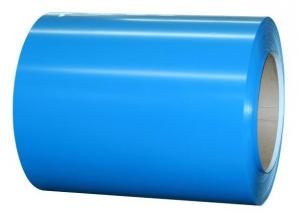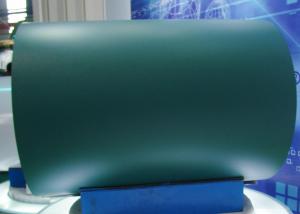Steel Tubular Pile 1000mm
- Loading Port:
- China Main Port
- Payment Terms:
- TT OR LC
- Min Order Qty:
- -
- Supply Capability:
- -
OKorder Service Pledge
Quality Product, Order Online Tracking, Timely Delivery
OKorder Financial Service
Credit Rating, Credit Services, Credit Purchasing
You Might Also Like
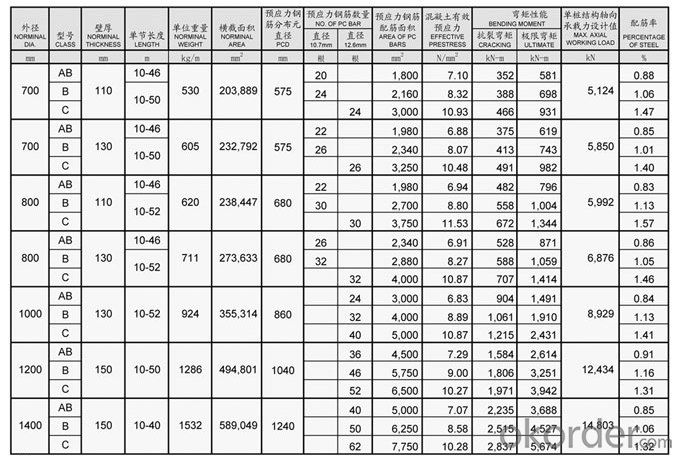
- Q: What are the properties of heat-treated steel?
- Heat-treated steel has several properties that make it desirable for various applications. Firstly, heat treatment increases the steel's hardness, making it more resistant to wear and deformation. It also improves the steel's strength and toughness, enhancing its ability to withstand heavy loads and impacts. Additionally, heat-treated steel exhibits improved dimensional stability, meaning it is less likely to warp or change shape under extreme conditions. Finally, heat treatment can enhance the steel's resistance to corrosion, increasing its durability and lifespan. Overall, heat-treated steel possesses enhanced mechanical properties, making it suitable for use in industries such as automotive, construction, and manufacturing.
- Q: How do steel products contribute to the recycling industry?
- Steel products contribute to the recycling industry by being highly recyclable themselves. Steel can be recycled indefinitely without losing its properties, making it a valuable resource in reducing the need for new steel production. This helps conserve natural resources, reduce energy consumption, and minimize greenhouse gas emissions associated with steel manufacturing. Additionally, the recycling of steel products helps divert waste from landfills and promotes a circular economy by enabling the creation of new steel products from recycled materials.
- Q: How is steel mesh used in construction?
- Steel mesh is commonly used in construction as a reinforcement material. It is mainly used to strengthen concrete structures such as floors, walls, and foundations. The mesh is placed within the concrete to provide additional tensile strength, preventing cracks and enhancing the overall durability of the structure. Additionally, steel mesh is used in the construction of fences, barriers, and cages to provide security and containment.
- Q: What are the maintenance and care requirements for different steel products?
- The maintenance and care requirements for different steel products vary depending on their specific use and environment. However, in general, steel products require regular cleaning to remove dirt, dust, and other debris. This can be done using mild soap and water, followed by thorough drying to prevent moisture-related issues. Additionally, applying a protective coating or paint can help prevent corrosion and extend the lifespan of the steel. It is also important to inspect steel products regularly for any signs of damage or wear, and address them promptly to avoid further deterioration. Overall, proper maintenance and care play a crucial role in preserving the appearance and functionality of steel products.
- Q: How is steel used in the production of packaging materials?
- Steel is commonly used in the production of packaging materials due to its strength, durability, and ability to withstand external pressures. Steel is often used to create cans, drums, and other containers that are used for storing and transporting various products. Its resistance to corrosion and impact makes it an ideal choice for packaging materials, ensuring the protection and preservation of goods throughout the supply chain.
- Q: How is steel wire galvanized for wire rope applications?
- Steel wire is typically galvanized for wire rope applications through a process called hot-dip galvanizing. In this method, the steel wire is first cleaned to remove any impurities. It is then dipped into a bath of molten zinc, which forms a protective coating on the wire's surface. The wire is then slowly withdrawn from the bath and cooled, resulting in a durable and corrosion-resistant galvanized steel wire that is suitable for wire rope applications.
- Q: How are steel plates heat-treated for improved strength?
- Steel plates are heat-treated for improved strength by first heating them to a specific temperature and then cooling them rapidly, a process known as quenching. This rapid cooling helps to harden the steel, making it stronger and more resistant to deformation. After quenching, the plates are often tempered by reheating them to a lower temperature, which helps to relieve internal stresses and improve toughness. Overall, heat treatment is a crucial step in enhancing the strength and performance of steel plates.
- Q: How do steel products contribute to the construction of theme-based water parks?
- Steel products play a crucial role in the construction of theme-based water parks. They are used in various structural and architectural components, such as roller coaster tracks, water slides, support beams, and framework for buildings and attractions. The strength and durability of steel ensure the safety and stability of these structures, allowing for thrilling rides and unique water features. Additionally, steel can be shaped and molded into intricate designs, enhancing the aesthetic appeal of the park and creating a visually captivating experience for visitors.
- Q: How are steel products used in the construction of exhibition halls and convention centers?
- Steel products are commonly used in the construction of exhibition halls and convention centers due to their strength, durability, and versatility. They are used for structural elements such as columns, beams, and trusses, providing support and stability to the entire structure. Steel is also used in the fabrication of roofs, walls, and facades, offering a sleek and modern aesthetic. Additionally, steel products are employed in the construction of mezzanine floors, staircases, and walkways, enhancing the functionality and accessibility of the venues. Overall, steel plays a crucial role in ensuring the safety, longevity, and functionality of exhibition halls and convention centers.
- Q: What are the different types of steel structural shapes?
- Some of the different types of steel structural shapes include I-beams, H-beams, channels, angles, and tubes. These shapes are commonly used in construction and engineering projects to provide structural support and stability.
Send your message to us
Steel Tubular Pile 1000mm
- Loading Port:
- China Main Port
- Payment Terms:
- TT OR LC
- Min Order Qty:
- -
- Supply Capability:
- -
OKorder Service Pledge
Quality Product, Order Online Tracking, Timely Delivery
OKorder Financial Service
Credit Rating, Credit Services, Credit Purchasing
Similar products
Hot products
Hot Searches
Related keywords
